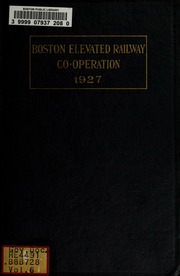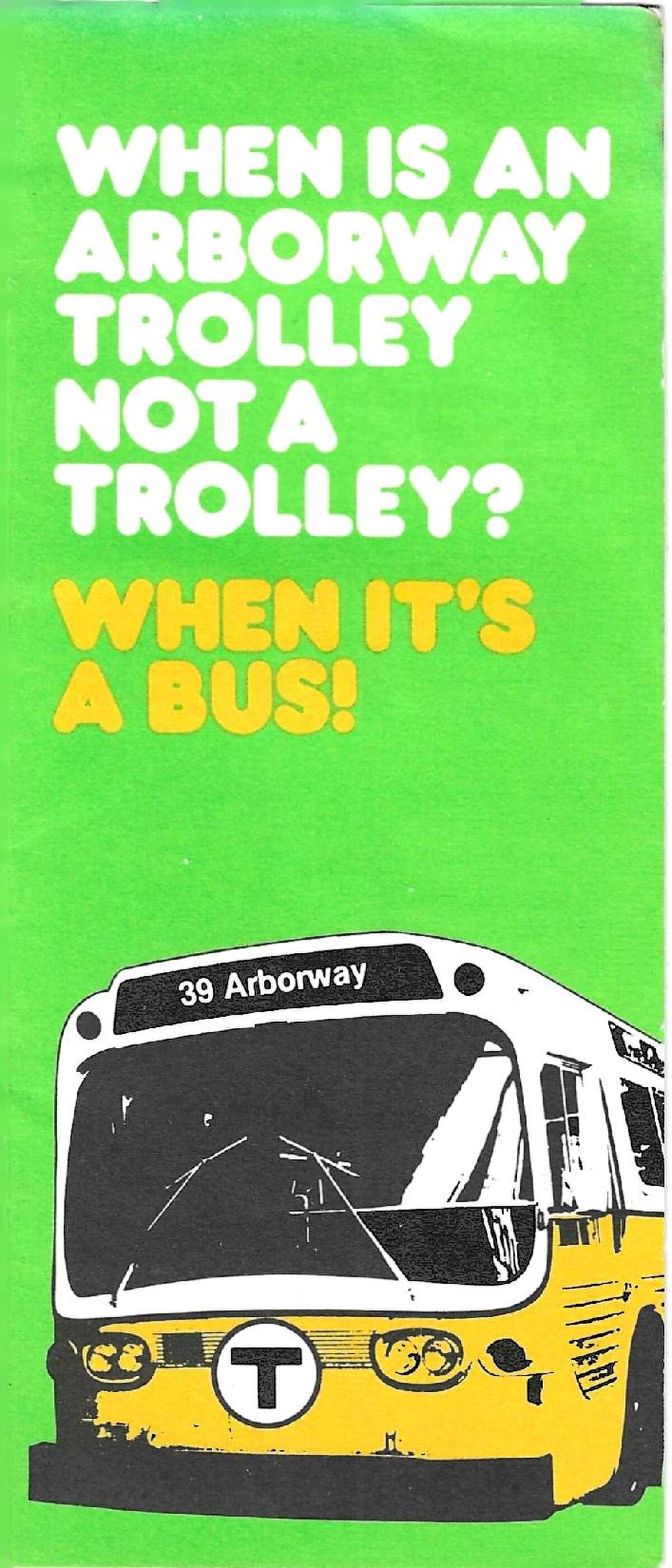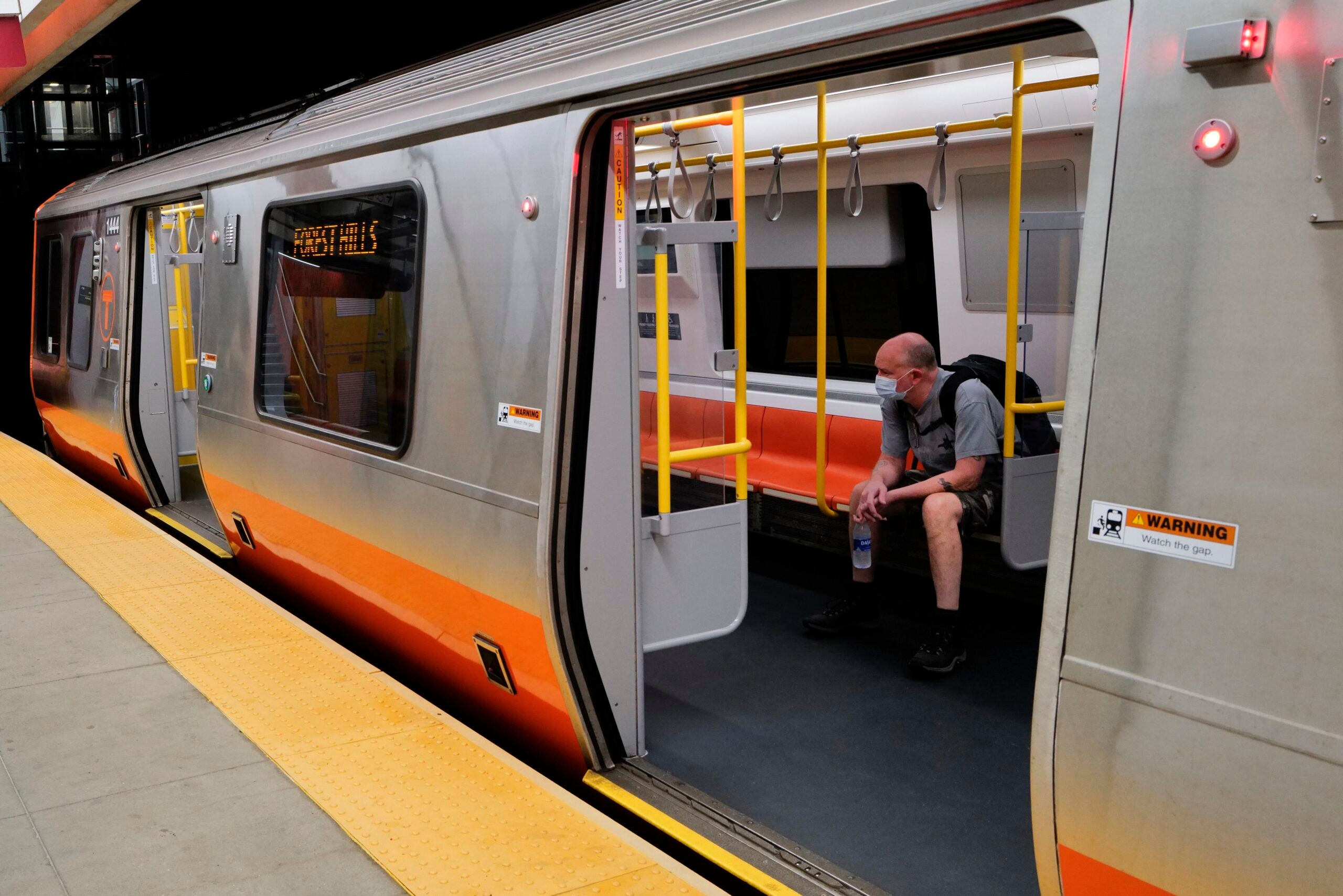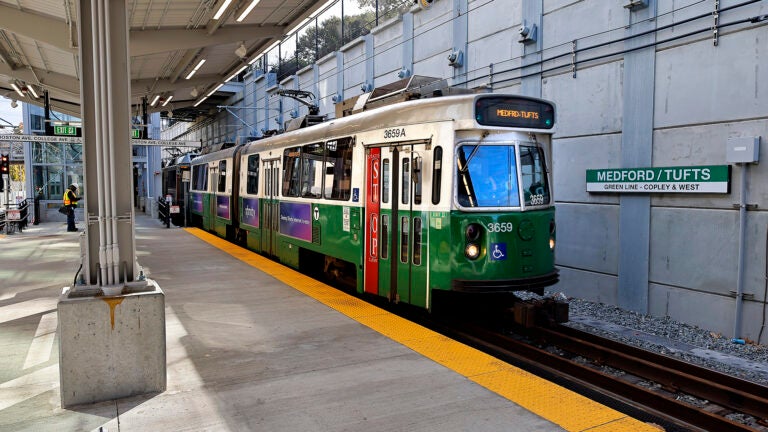bigeman312
Senior Member
- Joined
- Jul 19, 2012
- Messages
- 2,361
- Reaction score
- 2,360
This piqued my curiosity. What was the rolling stock on the Mattapan Line before the PCCs entered service in 1955?
I'd assume mainly Type 4s and Type 5s, possibly a bit of whatever else BERy had at the time.This piqued my curiosity. What was the rolling stock on the Mattapan Line before the PCCs entered service in 1955?
Mattapan's fleet was assigned to the Arborway Carhouse district, so they ran the same fleets as the E and Forest Hills hub. Probably, as you said, T4's and T5's.I'd assume mainly Type 4s and Type 5s, possibly a bit of whatever else BERy had at the time.
@The EGE, any ideas? I should also check my books.This piqued my curiosity. What was the rolling stock on the Mattapan Line before the PCCs entered service in 1955?
Related: how were the 10 PCCs that were assigned to Mattapan selected? Were they the "best of the best" or simply ones happened to be assigned to Mattapan at the end of PCC operations?This piqued my curiosity. What was the rolling stock on the Mattapan Line before the PCCs entered service in 1955?
They were all ex- E line, rebuilt in the late-70's. Essentially a "best of the rest" thing. I think 1987 was the year they were reassigned out of storage from Arborway, and they displaced a shabby roster of un-rebuilt early-1950's picture window PCC's that had been exiled to Mattapan.Related: how were the 10 PCCs that were assigned to Mattapan selected? Were they the "best of the best" or simply ones happened to be assigned to Mattapan at the end of PCC operations?
According to Streetcar Lines of the Hub: The 1940s, Heyday of Electric Trains in Boston, by Bradley H. Clarke:This piqued my curiosity. What was the rolling stock on the Mattapan Line before the PCCs entered service in 1955?
(The Park Street Carhouse was at Fields Corner, which isn't confusing at all.)Type 5s were the predominant streetcar on the Dorchester and Roxbury Lines ... Type 4 cars also ran in this area, but to a lesser extent than the Type 5s. Type 4s saw service on two lines in particular: Mattapan-Ashmont and Mattapan-Egleston. Both routes were based at the Park Street Carhouse ... Most Type 4s were stored at Mattapan, a substation at that time of Park Street. (pg 44)
In 1950, the Mattapan-Ashmont Line was assigned 14 Type 5 cars [which] handled all the service ... until the arrival of PCCs late in 1955. After that, Type 5 cars were used infrequently on this line.
(Volkmer seems to suggest that Type 5s remained until 1958, pg. 44.)Abandonment of the Arlington Heights Line in November 1955 made the PCC cars used there available ... The Mattapan-Ashmont Line was assigned twelve all-electric PCCs from Arlington, and they entered service on December 24, 1955.
Going through the bus data there's a stop called "Park St Busway" to which I was like... what? I'd suspect it's the same spot.(The Park Street Carhouse was at Fields Corner, which isn't confusing at all.)
Going through the bus data there's a stop called "Park St Busway" to which I was like... what? I'd suspect it's the same spot.


that's a big yikesHere's something that aged like milk:
View attachment 46362
It's actually from the 1980-82 bustitution, which was to reconstruct the line for LRVs, rather than the 1985 "temporary" bustitution that actually ended Arborway service. But still... oof.

File:March 1980 MBTA route 39 advertising pamphlet.pdf - Wikimedia Commons
commons.wikimedia.org
I'm not a daily rider, but I did notice when my wife and I went downtown for dinner on Friday, that the Orange Line between Forest Hills and Back Bay seemed very fast compared to my general expectations. It was a very pleasing ride.
At least on Orange we are still facing train set shortages waiting on CRRC deliveries.As the slow zones get fixed throughout 2024, will the MBTA start increasing the frequency of the trains? I was looking at the schedules the other day and red, blue, green and orange lines seem to have fairly lousy headways these days.
This has already been happening, albeit somewhat slowly. As the OL gets more trains that will improve headways as well.As the slow zones get fixed throughout 2024, will the MBTA start increasing the frequency of the trains? I was looking at the schedules the other day and red, blue, green and orange lines seem to have fairly lousy headways these days
Red Line has issues where the ancient old trains are starting to have unfixable issues and as such in some cases trains need to be taken permanently out of service due to unfixable problems with the old trains. While I don't post to reddit anymore, this issue was mentioned in an MBTA throwaway account as a contributing factor for the RL, where the throwaway acct person stated that a few old RL cars had to be removed from service permanently with no new CRRC cars to replace them due to delivery delays.At least on Orange we are still facing train set shortages waiting on CRRC deliveries.


According to the article:Surprised this was not mentioned again, but on the MBTA, doors were closed with a passenger still inside the doorway, trapping the passenger between the doors for a little while. This "doors closing on top of passengers" incident occured on the Green Line at Medford.
The latest door incident on the MBTA occurs in the wake after a previous door incident resulted in a fatality on the Red Line back in 2022.

T investigating after Green Line door closes on woman helping child off the train
The MBTA pointed to possible operator error as the cause of an incident Monday where the Green Line doors closed on a woman's leg.www.boston.com
I wonder what the standard procedure is. Put the train in park and walk through before shutting off? Wait for confirmation from employees on the platform? Are mirrors supposed to be sufficient?The MBTA said the preliminary investigation found that the operator shut the trolley down before ensuring that every passenger had gotten off and cleared the doors. When the train is without power, the doors won’t automatically re-open if there’s an obstruction, according to the T.
I wonder what the standard procedure is. Put the train in park and walk through before shutting off? Wait for confirmation from employees on the platform? Are mirrors supposed to be sufficient?
